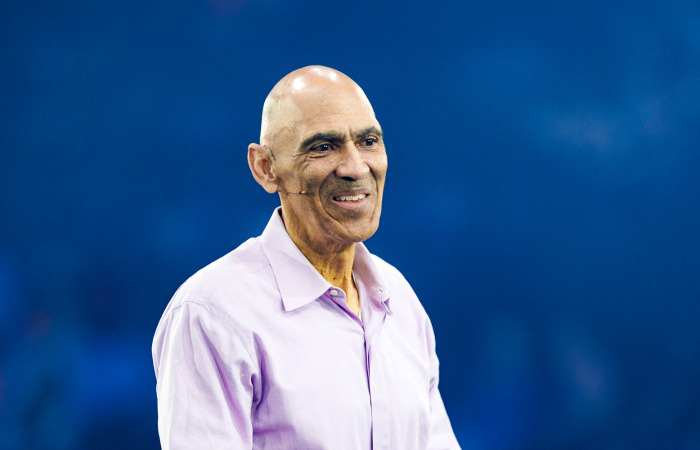Liberty University hopes to soon take its new academic commons to new heights — literally.
The new heights will be an imposing 252-foot tower that will serve as an exclamation point to Liberty’s half-billion-dollar makeover of the university’s main academic campus.
“Most major universities are identified by a unique and distinguished campus landmark, with architectural features that set the campus apart from all others and foster immediate recognition. The Rotunda at the University of Virginia and Duke Chapel at Duke University are prime examples,” said President Jerry Falwell. “I believe the new campus Academic Commons tower at LU will soon become Liberty’s architectural trademark.”
From a practical standpoint, the tower would be a critical supplement to Liberty’s academic campus building inventory.
As planned, the tower will contain academic spaces, spaces dedicated to special events, and possibly a bookstore designed to support the academic function of the campus.
The tower would be located on the north end of the DeMoss Commons, a 30-acre complex centered behind the Arthur S. DeMoss Learning Center. The commons will soon contain a huge lawn and new academic buildings to join the recently constructed lake and the state-of-the-art Jerry Falwell Library.
It will not be the first time that President Falwell, who took the helm in 2007, has broken with tradition in landscaping portions of Liberty’s 7,000+ acres of real estate along the U.S. 29/U.S. 460 corridor, the two largest arterial highways near Lynchburg.
A huge “LU” monogram on Liberty Mountain, as well as an artificially surfaced ski park that opened up opportunities for more year-round winter sports at Liberty, were born out of his vision for LU.
“While academic towers are common features on many college campuses, we believe Liberty’s tower will be unique in several respects,” Falwell said. “First, it will be the tallest building in the Lynchburg region and will be strategically located on campus to complement the university’s new campus commons. Second, the tower will offer some of the nation’s best views from Liberty’s campus and the city beyond, to Liberty Mountain and the Blue Ridge Mountains, including the famous Peaks of Otter that, according to Thomas Jefferson, were once thought to be the tallest mountains in the nation when measured from their base.”
While all the specifics of the tower are being ironed out, Falwell is committed to the project.
Charles Spence, Liberty’s senior vice president for planning and construction, said the tower will make “a monumental architectural statement.”
“It is a structure that will say, ‘Here is Liberty University,’” he said. “You will be able to see this tower all over the city of Lynchburg.”
Falwell started talking about the project about six months ago after touring numerous college campuses.
All of Liberty’s new buildings are being designed by VMDO Architects, a firm experienced in designing structures that blend with existing campuses. Several years ago, VMDO was responsible for designing the John Paul Jones Arena in Charlottesville, Va., and worked with the University of Virginia athletics department in expanding Scott Stadium.
“Using the same consistent Jeffersonian features will help bring the architectural feel of our campus together,” Spence said.
While architectural consistency is important for the campus, the tower affords Liberty a unique standing in Lynchburg’s architectural landscape.
Because of its height, the building will be classified as a high-rise, and the university will have to seek clearance from the Federal Aviation Administration because of the tower’s close proximity to the flight paths for Lynchburg Regional Airport.
“There are a lot of code requirements for these types of buildings,” Spence said.
Liberty had the proposed location of the building studied, and it was determined that the tower would not interfere with the airport’s flight path.
The tower is the latest tweak in Liberty’s rebuilding plan.
“We all knew it was an evolving document,” Spence said. “VMDO has embraced the idea.”




